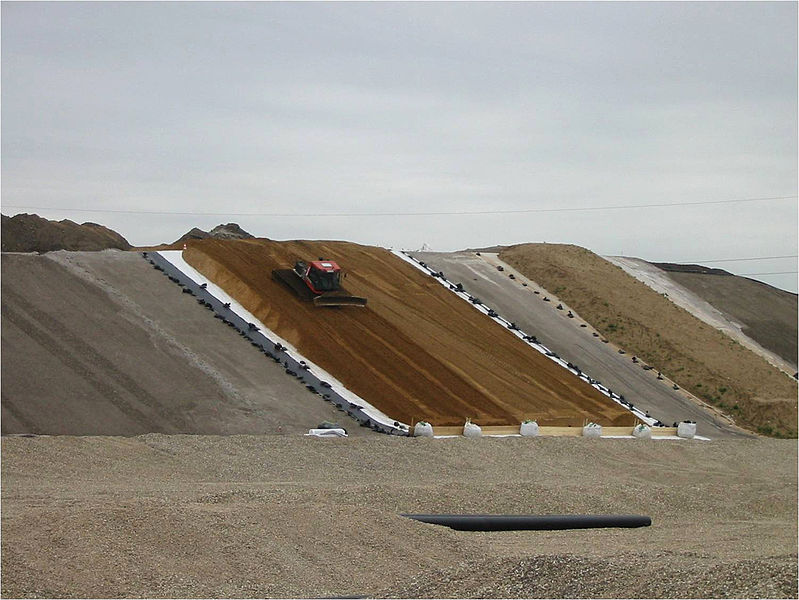Call Us
News
Landfill Design Safety Considerations

Good landfill design is essential for safe waste disposal and for protecting environmental integrity of soil, air and water (groundwater and surface water systems). Landfills are typically also designed in order to maximize the amount of waste that can be accommodated in the space available according to site conditions, taking slope stability into account.
Landfill Design Considerations: Layout, Configuration & Slope Design
When designing the layout and configuration of a landfill, there are several key factors that need to be considered:- The liner system becomes more cost-effective as the height of the landfill increases.
- Waste that is placed deeper over a smaller surface area reduces the amount of liquid that infiltrates the waste pile, and allows for gas to be collected from vertical gas wells. Steep slopes can lead to instability and also render slopes inaccessible in terms of gas collection and maintenance. If the slopes become unstable, it can result in soil erosion that in turn can lead to leachate and gas seeping out of the landfill posing a safety and/or environmental hazard.
- Particular attention needs to be placed on landfill slope design in seismic zones, where side slopes should be much lower than those typically designed for areas that are not prone to seismic activity. It is essential that a thorough geotechnical analysis of slope stability is conducted to ensure a safe side slope.
- Landfills should only be sited in areas where the underlying foundation is suitable. Landfills should not be located in areas that have insufficient bearing capacity, nor should they be sited in areas that lie on top of karst formations — characterized by underground drainage systems associated with sinkholes, caves and dolines, which could negatively affect slope stability.
- Other factors to consider when optimizing landfill slope for safety include wind uplift, liquid inputs via infiltration, and liquid outputs such as leachate seeps, sludge etc.
- Waste disposed in deep waste piles produces landfill gas quicker than waste disposed in shallow fills, as anaerobic conditions found deeper within the pile promote the formation of methane gas by anaerobic bacteria.
- When siting a landfill, careful attention should be given to the depth at which groundwater is found. The bottom liner is normally constructed above the water table to prevent contamination of the groundwater. This depth typically depends on soil permeability and local precipitation levels, and will determine the most appropriate liner and leachate control mechanisms to implement on the landfill site. Landfill sites should not be constructed on or near wetlands, floodplains, or surface water systems.


